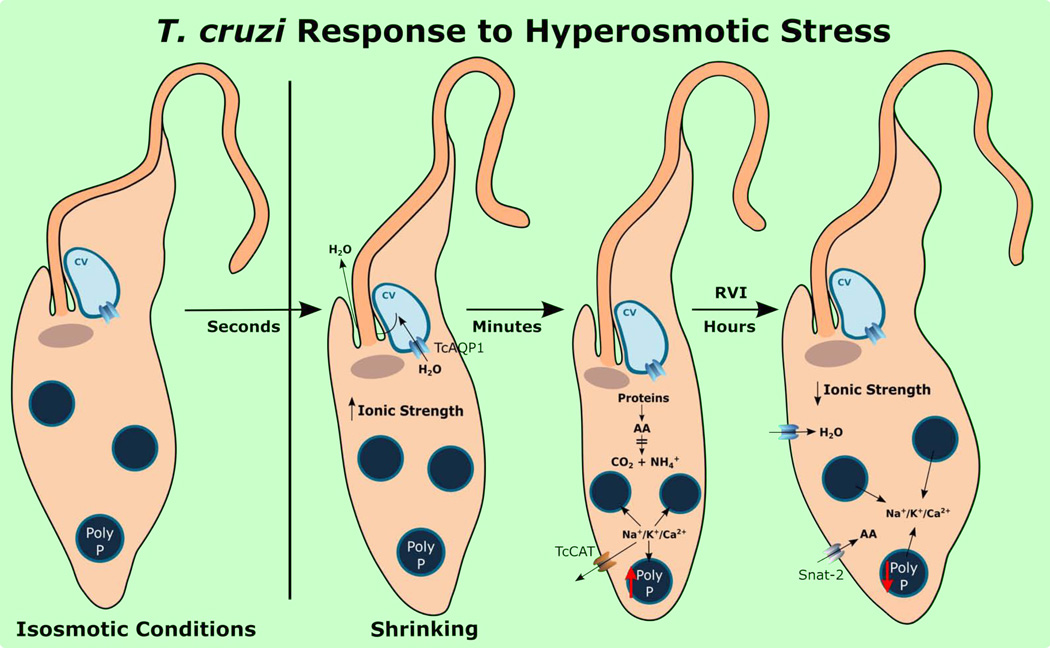Figure 6. Model showing changes in T. cruzi submitted to hyperosmotic stress.
When transferred to hyperosmotic conditions cells rapidly shrink in a process facilitated by water transport to the CVC through an aquaporin (AQP). Within minutes acidocalcisome polyP synthesis increases trapping cations (K+, Na+, Ca2+) inside the organelles and restoring the cytosol ionic strength. Cations can also be transported outside through a cation channel (TcCAT). Protein degradation together with inhibition of amino acid catabolism results in cytosolic amino acids increase. Amino acids are the organic osmolytes replacing cytosolic cations. Within hours acidocalcisome polyP is hydrolyzed returning cations to the cytosol, and water entry restores the cell volume (regulatory volume decrease). Amino acid transport at this stage is facilitated by the induced expression of a sodium dependent (Snat-2) amino acid transporter.

